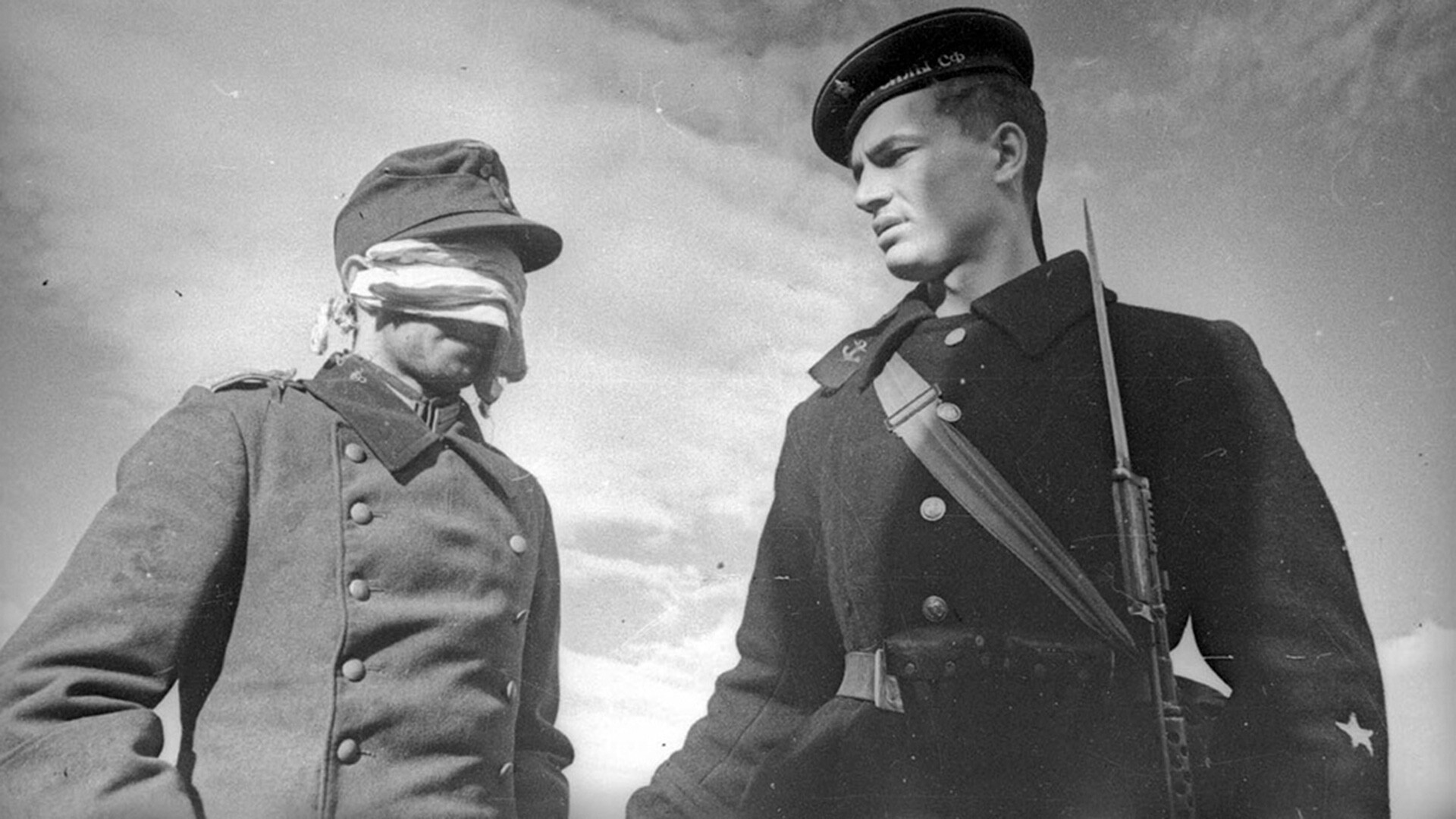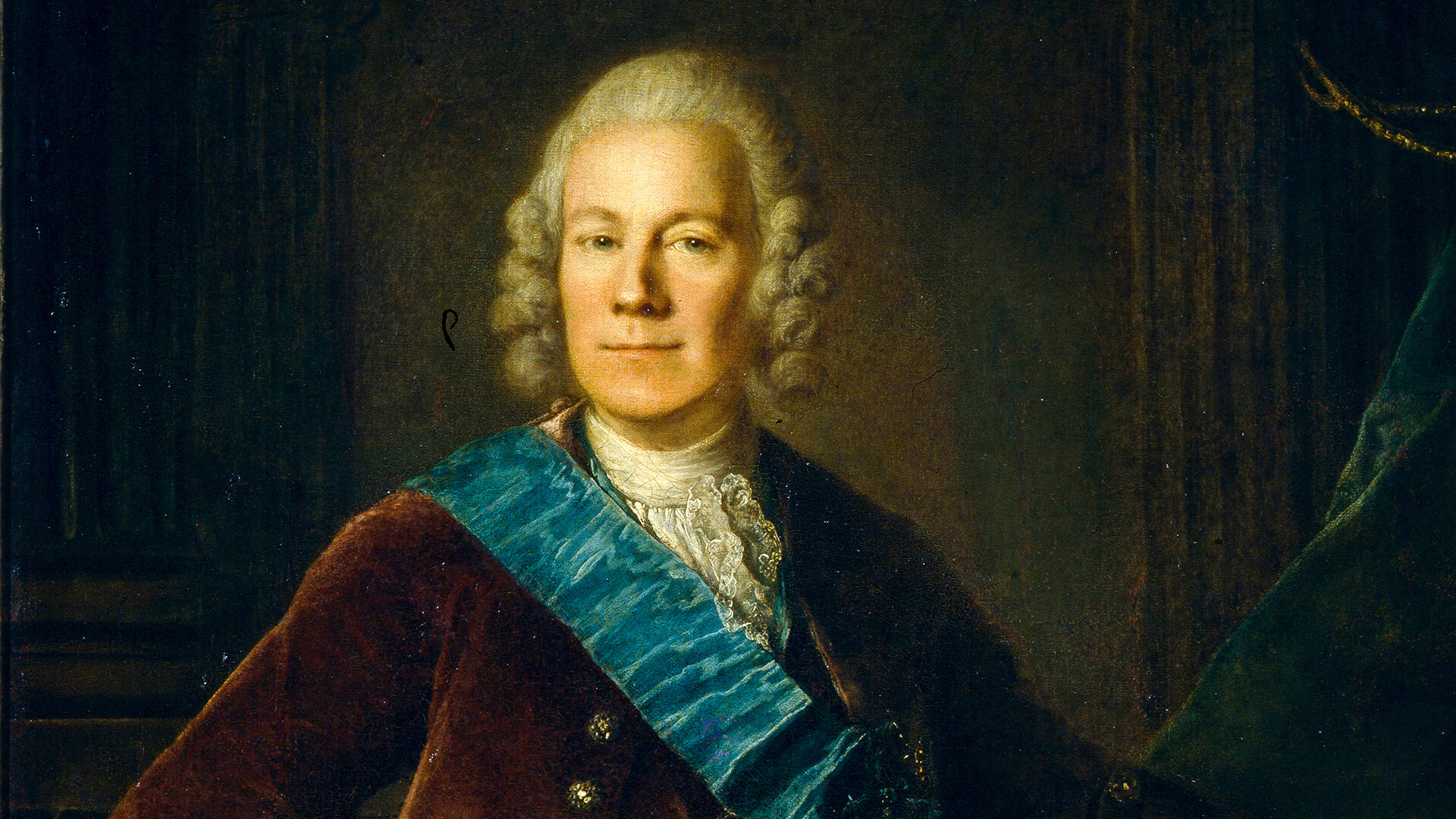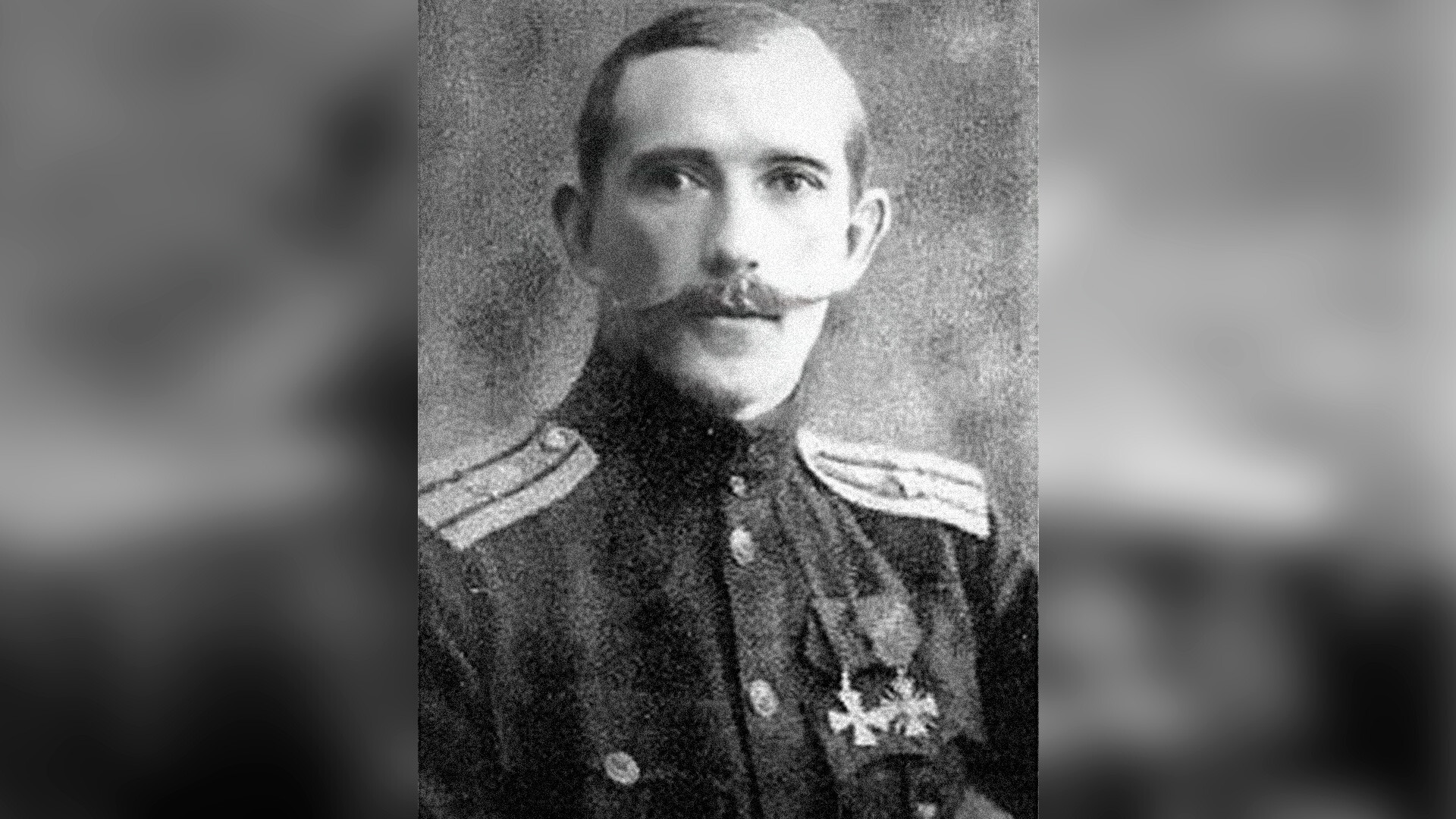
How British torpedo boats & airplanes attacked the Soviet Navy in 1919

Late at night on August 18, 1919, British airplanes appeared over the Soviet Baltic Fleet base of Kronstadt. They dropped bombs on the ships and fired at them with machine guns.
However, it was not the airplanes that were supposed to deliver the main blow to the Soviet fleet. When the airplanes distracted the attention of the sailors and the fort guards, British high-speed torpedo boats broke into the harbor...
During the Russian Civil War, Great Britain actively supported the opponents of the Bolsheviks, in particular, the Northwestern Army of General Nikolai Yudenich. In the Summer of 1919, on the eve of the large-scale White offensive on Petrograd (St. Petersburg), its aviation regularly bombed Kronstadt.
The British wanted to cause irreparable damage to the Soviet fleet and the naval base infrastructure by attacking the boats. However, in reality, everything did not go so smoothly.
All plans were ruined by the destroyer ‘Gavriil’, which was on duty at the entrance to the harbor. The British intended to sink it first, but it survived the unexpected attack and destroyed three boats with return fire. The remaining four soon retreated along with the airplanes.
During the half-hour battle, the British managed to damage the ‘Andrey Pervozvanny’ battleship with torpedoes and destroy the ‘Pamyat Azova’ armored cruiser. The ‘Tatyana’ tanker was damaged by aircraft bombs, but the night attack did not cause critical damage to the Soviet fleet, as a whole.
The British continued to carry out air raids on Kronstadt for some time, but they no longer undertook such daring raids as with the breakthrough into the harbor.
One of the sunken boats was raised from the bottom in September of the same year and carefully studied. The knowledge gained was used by Soviet designers in designing the ‘Sh-4’ torpedo boats, which were used in World War II.












